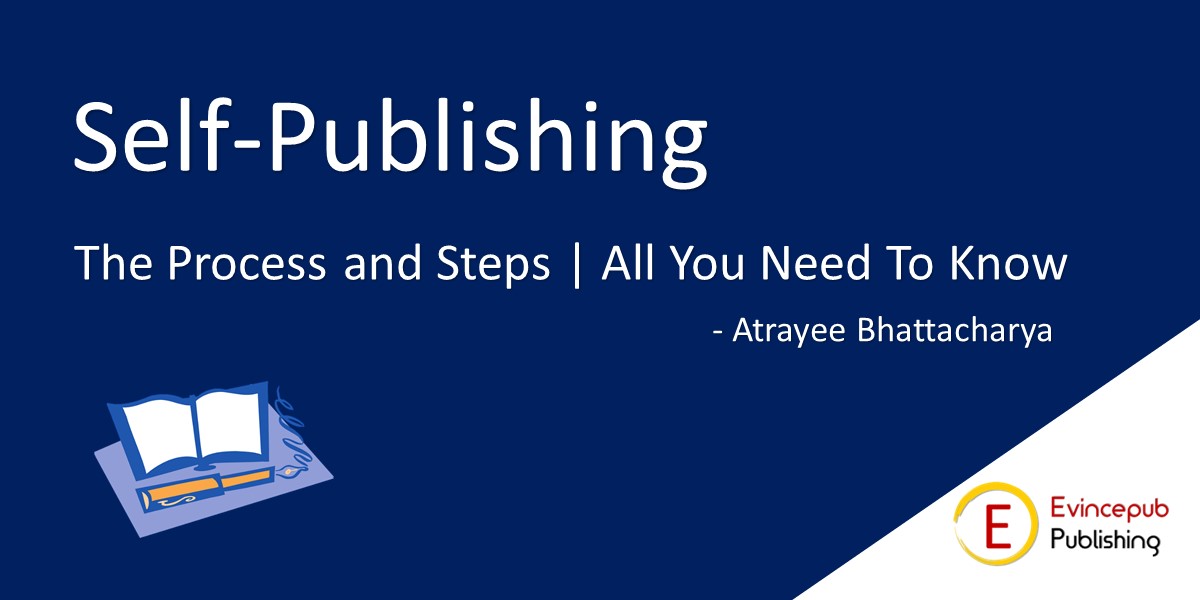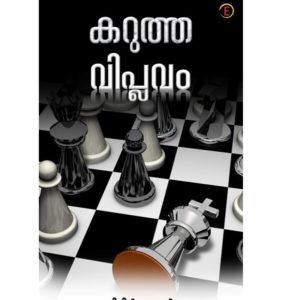Once considered as a baleful scar, Self-Publishing, these days appear like a sleek tattoo in the literature market. If you think self-publishing is the progeny of the 21st century, then you all are missing out on a curious part of English Literature history. The neoteric works of Jane Austen, Emily Dickinson or even Martin Luther saw the light of the world through self-publishing. Those days self-publishing was more like authors starting their own press, but now the situation is far better and worth giving a try.
With the advent of technology and a mixed bag of alternatives to traditional publishing, the 1 billion dollar market of self-publishing in India and other countries has encroached into a whole new dimension altogether. Self-Publishing is slowly becoming the first choice for many writers now. And it is high time every budding writer must know and acknowledge the distinct features of self-publishing, the steps involved, and the pros and of course the cons.
What is Self-Publishing?

As the name suggests, it is a mode of publication solely controlled and guided by the author without any involvement of an established publisher. However, the actual scenario of self-publishing has slowly evolved. From the threshold of hardcore self-publishing where an author has to do everything from cover designing to editing, formatting and printing the book, self-publishing process is now more of ‘Assisted’ self-publishing.
These days, a book publisher comes into the picture and helps the author in editing, formatting, cover designing, generating the much-needed ISBN and of course printing the book in exchange for a fee. And the fee is decided over the type and number of services the author wants to go for. For example, some authors are content with getting just a few copies of their books printed. But then, there are many who wish to have a wider reach of audience. They pay the publisher for a potent marketing strategy for their books; like keeping the books in renowned bookstores apart from the online portals, colossal publicity in various media channels and making it to the bestsellers list and so forth. More the services one opts for, the more charges are incurred. Simple!!!
How does Self-Publishing Work? The Process and Steps of Publishing a Book

Before dissecting the steps of self-publishing, one must know the basics of publishing a book that has been set by traditional publishing giants. As the market of writers is growing as fast as an E.coli bacteria, traditional publishing has taken quite a draconian yardstick to approve any author. Earlier, the process of traditional publishing was simpler because the market too was small. Readers were more than writers. Now the scenario is quite opposite.
Previously, the author had to submit the manuscript and the editors would sieve out the content. In case, the storyline seemed sellable with a good piece of literary creation, the manuscript used to get accepted. The cost of production (including editing, cover design etc) and also the risk of market fluctuation was borne by the publisher and the author was paid a minuscule amount as royalty.
Nowadays, an additional jab has come into the scene. The manuscript is first submitted to a literary agent. The agent checks for the author’s background, market value, bankability of the manuscript as well as the author, script to screen transformation scope to name a few. If the manuscript gets a pass mark from the literary agent, it is forwarded to an appropriate publisher. There again the wheel of scrutiny turns. Winning over a literary agent doesn’t guarantee a traditional publisher. Nevertheless, if all goes well, the publisher accepts, the book comes out into the market in traditional bookstores with a proper book launch.
So, as one joins the dots, the process is tedious and of course, time consuming and also judgemental. Not only that but also, as once the famous Indian writer Amit Chaudhury quoted- A literary fiction can never be judged by a mere bunch of people. Honestly, there are genuinely good writers whose submissions remain under a pile of dust smeared never-touched files inside the huge pillars of a traditional publisher.
And there comes the blessing in disguise. SELF PUBLISHING.
The author submits the manuscript, checks out the various packages offered by the self-publishing house and goes with that which suits his/her work the most. As simple and as transparent it looks.
Steps of Self Publishing
- Choose a package
- Submit the manuscript
- Sign agreement
- Let the book be formatted and composed by the publishing team
- Review the composed the book
- Get your author copies
- Let the publisher make your book available through its chosen partners (Amazon, Flipkart, Barnes & Nobel, Kobo etc.)
- Promote your book through various medium.
- Monitor sales and royalties through the dashboard provided.
- Sit. Relax. And enjoy the journey of a published author.
It’s A Package Deal – Cost of Book Publishing in India

Everything comes with a cost. To cut the long story short, every self-publishing house has sorted out a few packages where each package is comprised of the several services related to publishing.
- Basic Package: In any self-publishing house, the basic package comprises of basic editing, formatting, cover designing and ISBN generation. Apart from that a few author copies are sent to the author.
- Advanced Package: In addition to the basic requirements, this package mainly focusses on the marketing part of publishing. Social media coverage, book reviews and author interviews come as a part of advanced package.
- Premium Package: Of course, it is the most expensive, however, is the most beneficial too while making the author a renowned name in the market. Generally, it includes a splashy book launch to attract the readers’ market. Apart from the benefits of advanced package, the marketing strategy is heightened further; like newspaper publicity, guest talks and even shortlisting for various literary awards.
The list can go longer than expected. In short, everything that can make a mere writer into an author is enclosed inside these packages.
Is Kindle A Different Story?
The answer is both Yes and No. The first name that comes into mind while talking about self-publishing is none other than Amazon KINDLE. It is of course a boon for the writers, however the hitch lies in the editing and formatting part. Remember the recent fiasco over the book NICE? The book had only one word, NICE, printed throughout. It was launched into the Kindle market without even checking the content. So credibility comes under the lens. Top it all, the option of printing is not available for every country.
Perks and Benefits of Self-Publishing

- Complete control over the content.
- Royalties are more.
- Print On Demand option is available.
- A predesigned marketing strategy is offered to the authors.
- Constant monitoring of sales and royalties through the dashboard.
If you are an author, budding or established and have been burdened with the frustration of rejections from the biggies in the market, don’t lose heart. If you think, your manuscript is worth a read, hire a few beta-readers for their opinions. Once you get a green signal, do look out for a good, transparent and authentic self-publishing house and seek their opinion. Honestly, if there is a catalogue of the benefits, there lies a list of cons too. For a self-published book, the market is huge. The competition is throat-slitting and one is bound to go unnoticed. However, as per the present statistics, more than the name of the publisher, the crux of the success lies in the marketing strategies. Better the publicity, the better is the outcome.
In the consortium of several prejudices, Self-Publishing in India has actually turned up into a magic wand. Write good, use the wand and create your magical journey as a published author.





 Kashmiri Pandits: A Tale of Solitude & Survival
Kashmiri Pandits: A Tale of Solitude & Survival  Heart Beats…
Heart Beats…  Black Revolution
Black Revolution  Some Midnight Dates
Some Midnight Dates